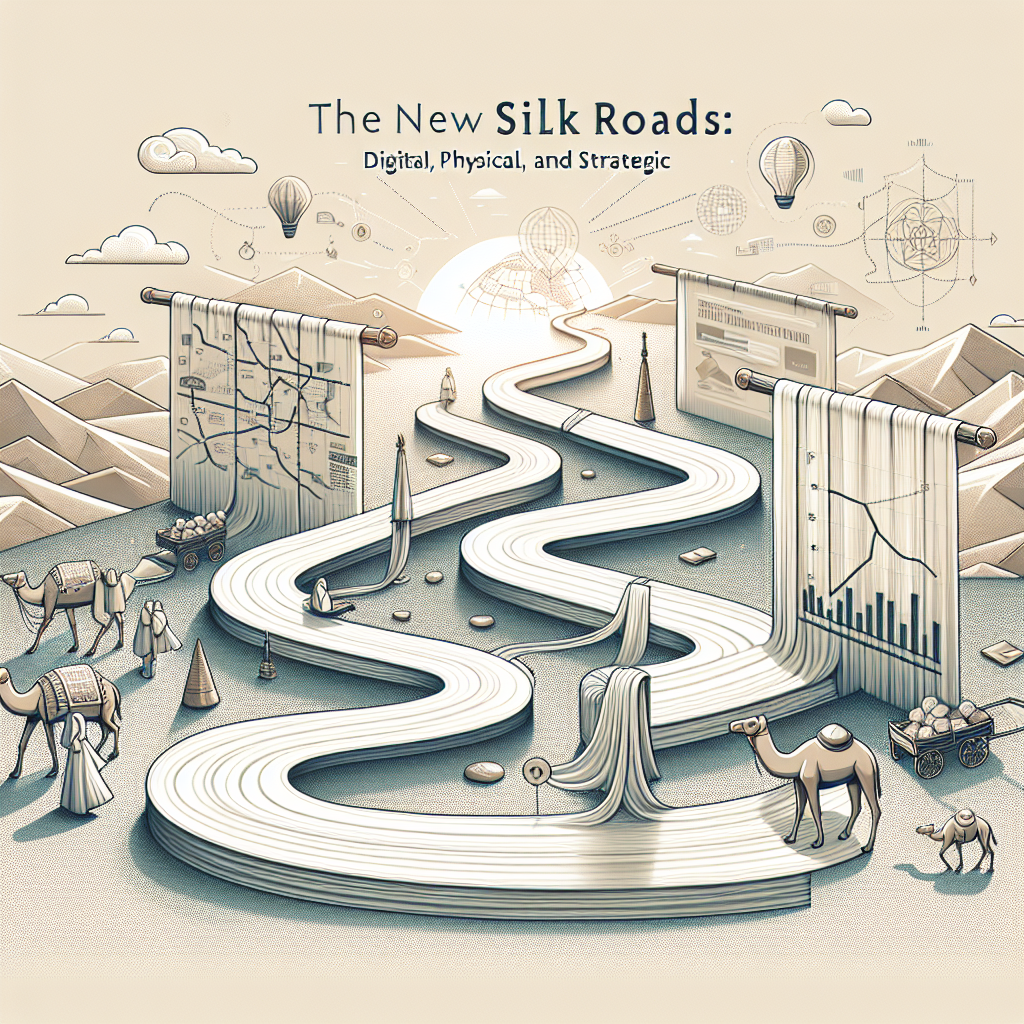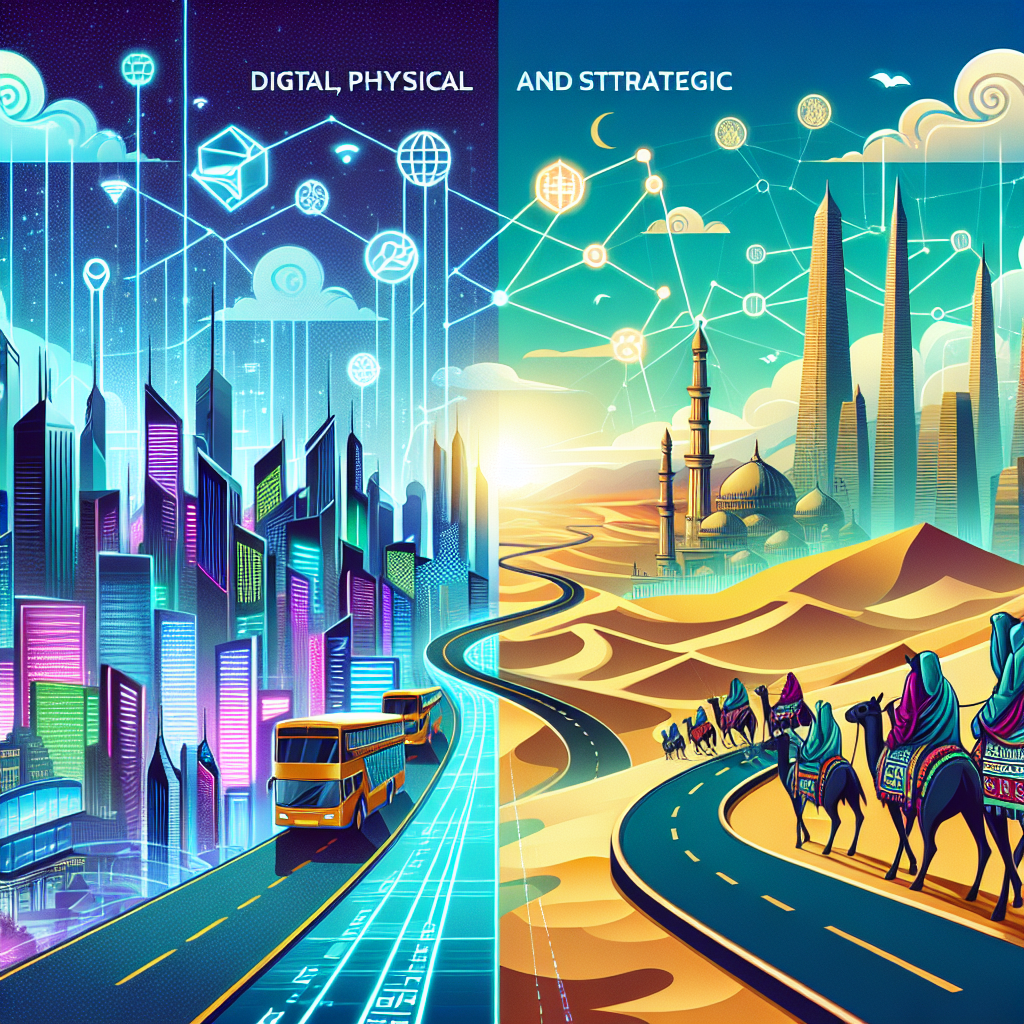
The New Silk Roads: Digital, Physical, and Strategic
Introduction: The Evolving Landscape of the New Silk Roads
The Historical Silk Road: A Foundation for Modern Connectivity
Physical Infrastructure: The Belt and Road Initiative (BRI)
The Digital Silk Road: Connecting Nations in the 21st Century
Strategic Implications: Geopolitics and Global Power Dynamics
Economic Opportunities and Challenges
- Trade Expansion: Reduced transportation costs and improved logistics facilitate increased trade volume.
- Investment and Development: Infrastructure projects generate jobs, stimulate local economies, and modernize industries.
- Technological Advancement: Digital integration accelerates innovation and competitiveness.
- Debt Risks: Many countries face debt burdens from large infrastructure borrowing, raising concerns about repayment sustainability.
- Environmental Impact: Infrastructure projects can threaten ecosystems if not managed responsibly.
- Geopolitical Tensions: Competing interests can lead to instability or conflict, complicating cooperation.
The Future of the New Silk Roads
- Technological Innovations: Advancements like artificial intelligence, blockchain, and IoT will redefine connectivity standards.
- International Collaboration: Building mutual trust and transparent frameworks is vital for long-term success.
- Balancing Power Dynamics: Countries must navigate complex geopolitical landscapes to avoid conflicts and foster inclusive growth.
- Sustainable Development: Emphasizing environmentally sustainable projects ensures resilience and shared prosperity.


